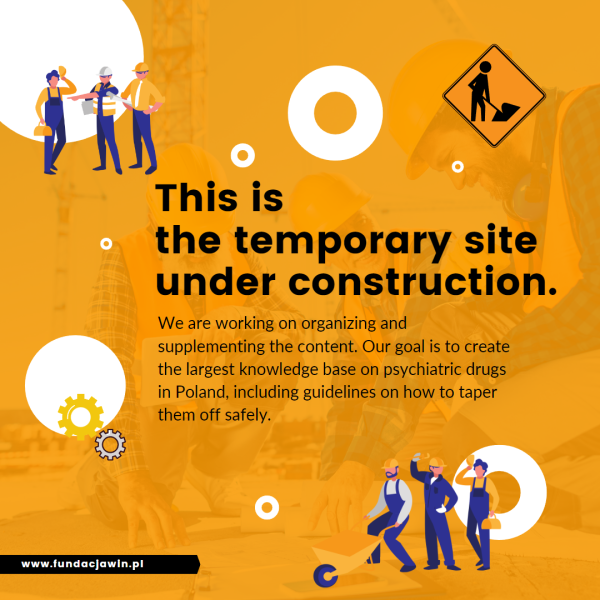ADHD – a different perspective
“Western medicine separates the mind from the body, so they look at things from purely biological point of view, so ADHD is considered to be a genetic disease that you inherited. Here’s a problem with that: number one, if that’s the case, why the numbers are going up? Genes don’t change in a population over 10, 20 or 30 years, so there’s something going on in the environment that’s affecting the child’s development. Number two: even if we look at the physiology of a child’s brain, it was not understood by most physicians because it was not taught in the medical school, but it’s firmly and completely, unequivocally and uncontroversially established in brain science is that the brain is the social product. That the brain development of the child depends on the emotional conditions under which the child lives from in utero onwards. And so the very circuitry of the child’s brain is programmed by the action of the environment on the genes. So different environments will act differently on the same genes.
Now, if you look at ADHD, what’s the medication that we give… I took it for w while. They’re stimulants. What do stimulants do? They elevate the level of the chemical called dopamine in the brain. And dopamine is essential for motivation and therefore for focus and that’s what Ritalin and Dexedrine and all these medications elevate. Now, the dopamine circuitry of the child’s brain develop in the interaction with the environment and this is what most people who deal with ADHD don’t look at, even though it’s just a pure scientific fact. The summary from the Harvard University pointed out that the child’s brain develops in interaction with the environment, especially the emotional relationship with the nurturing adults.
Now dopamine is the brain chemical, we have receptors for it in our brain and the receptors are molecules where the dopamine can land and do its job. The number of dopamine receptors in a child is affected by stress on the mother already in the pregnancy, let alone afterwards. If you take mice and you isolate them, the number of dopamine receptors will go down. If you bring them back into the companionship, the number of dopamine receptors will elevate, in other words, the brain is a social organ, it is interactive with the environment all our lives and therefore environmental conditions affect the brain, especially during its phase of early development. It’s just pure science, it’s not even controversial. So the problem here is the tendency of the medical profession in which I was trained is to separate the mind from the body and to look at brain biology in isolation from the life circumstances that shape that brain biology.”
Dr. Gabor Maté – Canadian physician of Hungarian origin. He has worked with drug addicts in the Downtown Eastside district of Vancouver. He specializes in the impact of trauma on psychological and emotional development, the relationship between stress and illnesses of the mind and body, and the treatment of addictions. Author of several books, including “Scattered Minds” on ADHD.







